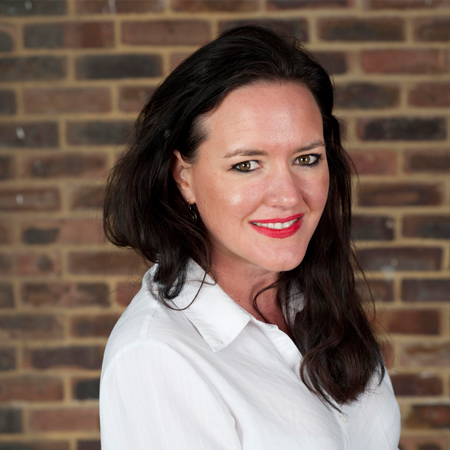The pandemic has increased hybrid working and this looks like it is here to stay. With this in mind, employees and employers are more than ever considering the personal impact upon their environments and are embracing a ‘new’ approach to how and where they work.
Maybe the time has also come to consider commercial space more as a commodity in the same way that an increasing number of self-employed and start ups do, which will bring our investment in these spaces into sharp focus – i.e. “if I’m paying someone to provide a serviced work environment for me, I’m going to want to be the most productive I can!” Brand choice from offerings such as WeWork and Work.Life etc is going to be driven by the provider’s authentic attempts to offer a sustainable space that promotes wellbeing and productivity – just like retail brands have to fight for market share.
Sustainable office design goes beyond the use of construction materials and extends to adaptability of space, which will help give it longevity. Considering that the average organisation can undergo a physical change roughly every 18 months or less, and also has to adapt to the changing financial climate and needs of the workforce at that particular time – i.e. expanding and contracting to suit – requires adaptable design and the creation of reusable products for modularity, disassembly and re-assembly. This helps eliminate waste and provides a working environment that meets the ever-changing requirements of employees.
Preferred characteristics include flexible workspaces, connective and reliable mobile technology and a setting that caters for different activities within the working environment. The provision of “sticky spaces” to enable deep collaboration are as important as providing spaces specific to eating and socialising and leisure activities. Rather than designing things that can only be used once, thought is now being given into how they can be disassembled and used again.
Environmental factors also have their part to play, blurring the designated barriers between inside and outside, and using as much natural light as possible. This will differ according to location, but good design is about understanding the environmental elements and creating the right solution in a ‘passive’ way. Greenery is an often overlooked but essential element in sustainable office design. Not only are plants aesthetically pleasing and help to absorb excess noise and purify the air, but they can also be used to create natural delineation of spaces and function. In fact, various studies have shown that incorporating plants into workplace design can have a positive effect on perceived productivity.
Sustainable design ideally involves the use of recycled materials in construction. As an example, there are significant challenges to face when producing an entire flooring system using recycled materials such as abandoned fishing nets, or upcycling shipping pallets for office fixtures and furniture. British start-up Biohm is one such business working towards fabricating construction materials from waste products, such as paper and even dried orange peel and is working towards an off-site modular construction approach. The modular method of construction means very little waste product compared to onsite and traditional methods, so it looks set to play an increasingly important role in embracing sustainable construction methods.
Technology has its part to play, as it can help enable businesses to evolve their workplaces into resource production and to be carbon neutral. This can include micro-harvesting energy through solar panels and wind turbines depending on location, or harvesting and processing rainwater, as seen in companies such as Living PlanIT, that uses AI water technology to help drive this. Overall, an efficient energy management system cuts down a building’s energy use.
The principals of sustainable office design are being incorporated across a variety of platforms. RIBA for example has launched a Sustainable Futures Group, which introduces these principles into their coursework and gives awards to designs that are both sustainable and humane. Increasing numbers of landlords are putting sustainability at the heart of their building design, and are targeting a BREEAM rating of Excellent. One thing is for certain, cutting-edge workplaces of the future will be designed with sustainability in mind.
Images courtesy of WeWork

